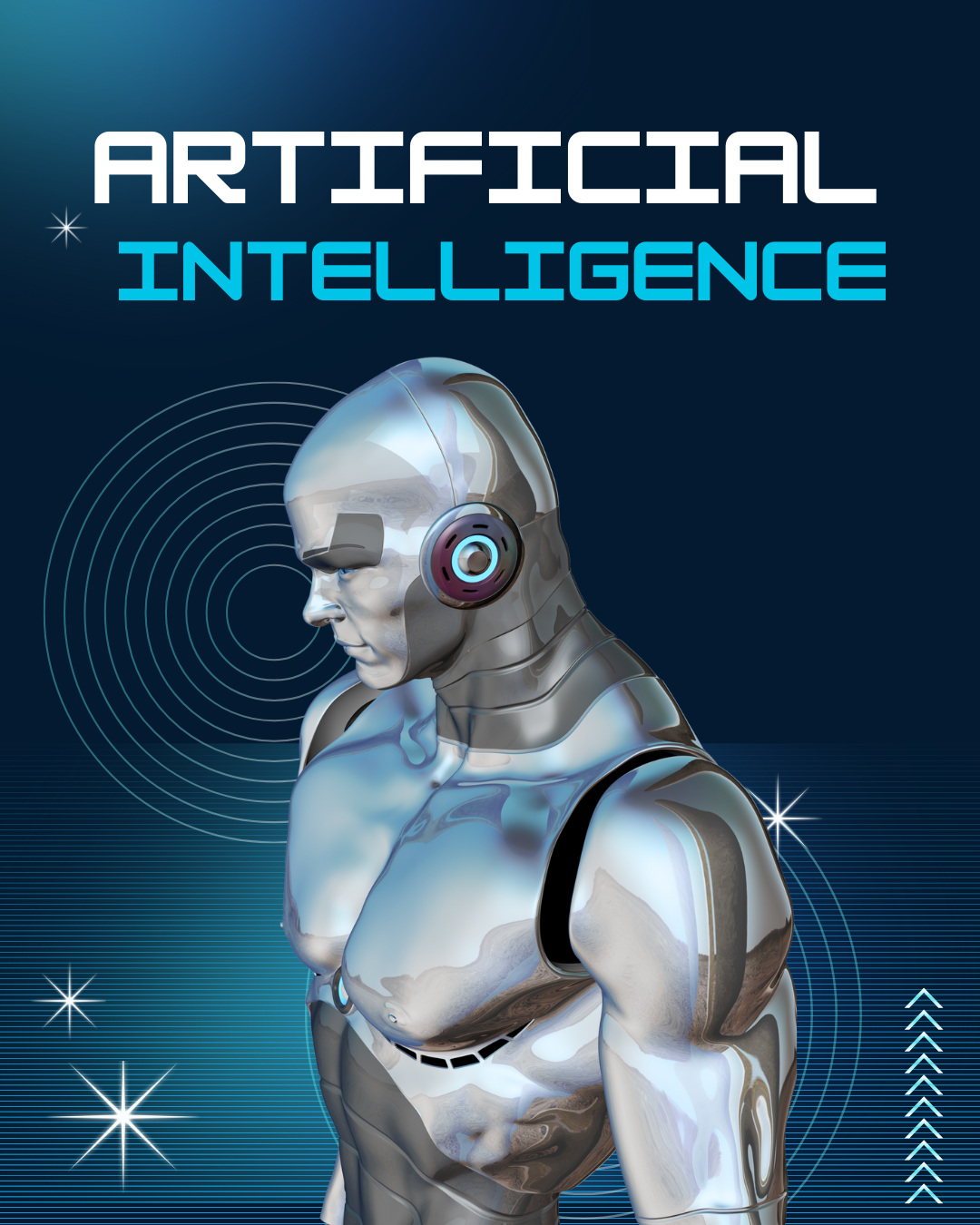AI Isn't Magic, It's Math: A Peek Behind the Curtain of Machine Learning

Whether it's identifying faces in your images, converting spoken words into text, or anticipating your next online buy, artificial intelligence (AI) frequently seems like magic. Behind the scenes, however, artificial intelligence is more about math, patterns, and logic than it is about magic. Let's solve the puzzle of artificial intelligence and illustrate its fundamentals with approachable examples.
What Is AI?#
Fundamentally, artificial intelligence (AI) is the study of programming machines to carry out operations like learning, reasoning, and problem-solving that often call for human intelligence. The majority of the magic occurs in Machine Learning (ML), a subset of AI; it is the process of teaching machines to learn from data instead of directly programming them.
Learning Like Humans Do#
Imagine teaching a child to recognize cats:
- You display cat images and declare, "This is a cat."
- The kid notices patterns, such as the fact that cats have whiskers, hair, and pointed ears.
- The child makes educated predictions about whether or not new photographs depict cats, getting better with feedback.
Machine Learning works similarly but uses data and mathematical models instead of pictures and intuition.
How Machines Learn: A Simple Recipe#
1. Data Is the Foundation#
Data collection is the initial step. To create a system that can identify spam emails, for instance:
- Gather spam emails, such as "You won $1,000,000!."
- Gather emails that aren't spam, such work emails or private notes.
2. Look for Patterns#
The system looks for patterns in the data using statistics. For example:
- Spam filters often have certain keywords ("free," "winner," "urgent").
- Non-spam emails are less likely to use these terms frequently.
3. Build a Model#
The model instructs the machine on how to determine whether an email is spam, much like a recipe. In essence, it is a collection of mathematical principles developed with the aid of algorithms such as:
- Decision Trees: "If the email contains 'free,' it's likely spam."
- Probability Models: "Emails with 'urgent' have an 80% chance of being spam."
4. Test and Improve#
After the model is constructed, its performance is evaluated using fresh data. The model is modified if it makes errors; this process is known as training.
Relatable Examples of Machine Learning in Action#
1. Predicting the Weather#
AI forecasts tomorrow's weather by analyzing historical meteorological data, such as temperature, humidity, and wind patterns.
- The Math: It uses statistics to find correlations (e.g., "If humidity is high and pressure drops, it might rain").
2. Recommending Movies#
Your watching history is used by services like Netflix to predict what you'll like next.
- The Calculation: It uses an algorithm known as Collaborative Filtering to compare your choices with those of millions of other users. It's likely that you will enjoy a film if someone with similar preferences did.
3. Translating Languages#
AI systems like Google Translate convert languages by learning patterns in how words and phrases map to each other.
- The Math: It uses a model called a Neural Network, which mimics how the brain processes information, breaking sentences into chunks and reassembling them in another language.
Breaking Down AI Techniques#
1. Supervised Learning#
The machine is comparable to a pupil and a teacher. The machine learns from the labeled data you provide it (for example, "This is a cat, this is not").
- Emails marked as "spam" or "not spam" are used to teach Spam filters, for instance.
2. Unsupervised Learning#
The machine gets no labels—it just looks for patterns on its own.
- Example: Customer segmentation in e-commerce based on buying habits without predefined categories.
3. Reinforcement Learning#
Through trial and error, the computer gains knowledge, earning rewards for right acts and punishments for incorrect ones.
- Example: Teaching a robot to play chess by rewarding wins and penalizing losses.
Why AI Is Just Math at Scale#
Here's where the math comes in:
- Linear Algebra: Models often manipulate large tables of numbers (called matrices).
- Probability: Aids machines in handling uncertainty, such as forecasting if it will rain tomorrow.
- Calculus: Fine-tunes models by optimizing their performance, adjusting parameters to reduce errors.
Humans are naturally adept at identifying patterns in data, such as identifying weather trends or identifying a buddy in a crowd, despite the fact that these ideas may seem complicated.
But AI Feels So Smart! Why?#
The secret to AI's power isn't just the math—it's the scale. Machines can analyze millions of data points in seconds, uncovering patterns far too subtle for humans to notice.
- Example: In healthcare, AI can detect early signs of diseases in medical images with accuracy that complements doctors' expertise.
AI Is Not Perfect#
Despite its power, AI has limitations:
- Garbage In, Garbage Out: If you train it with bad data, it will give bad results.
- Bias: Biases from the training data can be inherited by AI (e.g., under-representing some populations). Find out more about bias in AI.
- Lack of Understanding: AI does not "think" like humans; it recognizes patterns but does not fully comprehend them.
Conclusion#
AI may appear magical, yet it is based on mathematical principles and powered by data. The next time you see a product recommendation, hear a virtual assistant, or see AI in action, remember that it is not magic—it is a sophisticated combination of math, logic, and human intelligence. And the best part? Anyone can learn how it works. After all, understanding the mathematics behind the curtain is the first step toward mastering the magic for yourself.
Discover how Nife.io simplifies cloud deployment, edge computing, and scalable infrastructure solutions. Learn more at Nife.io.